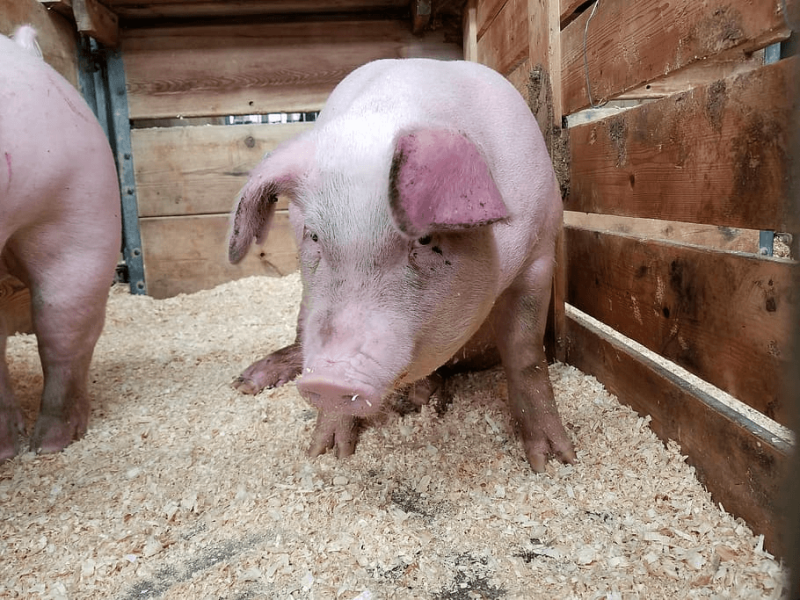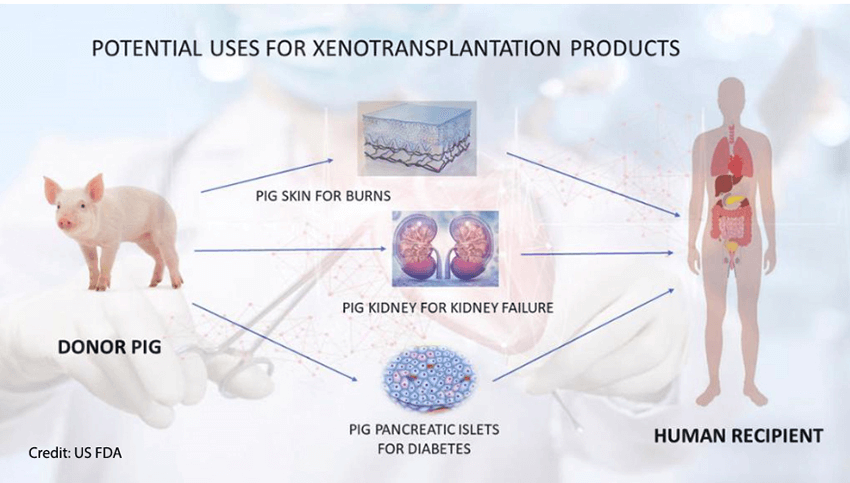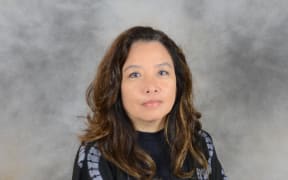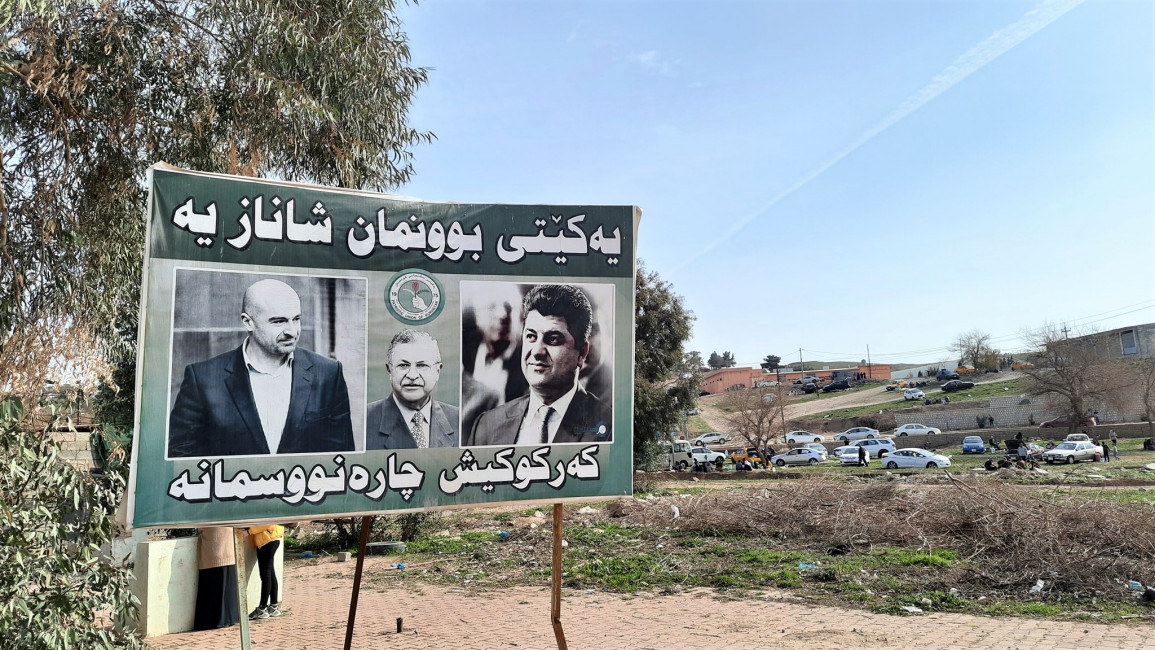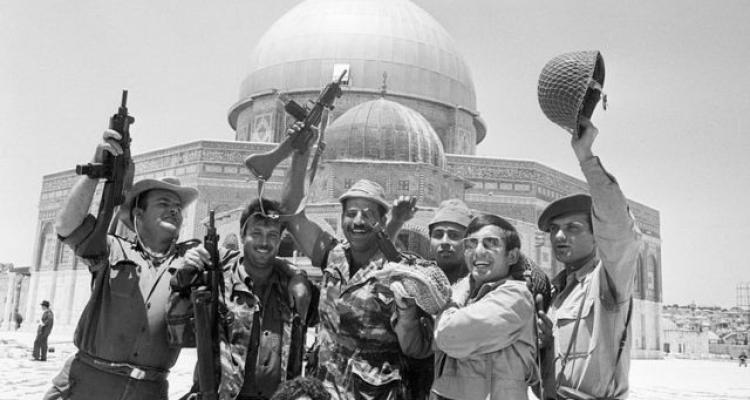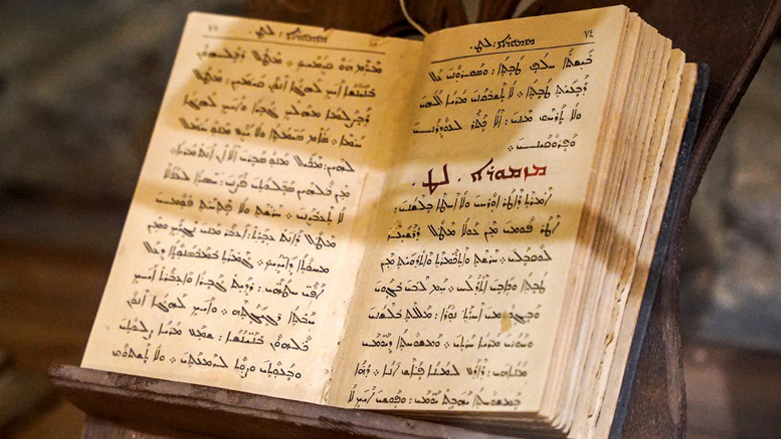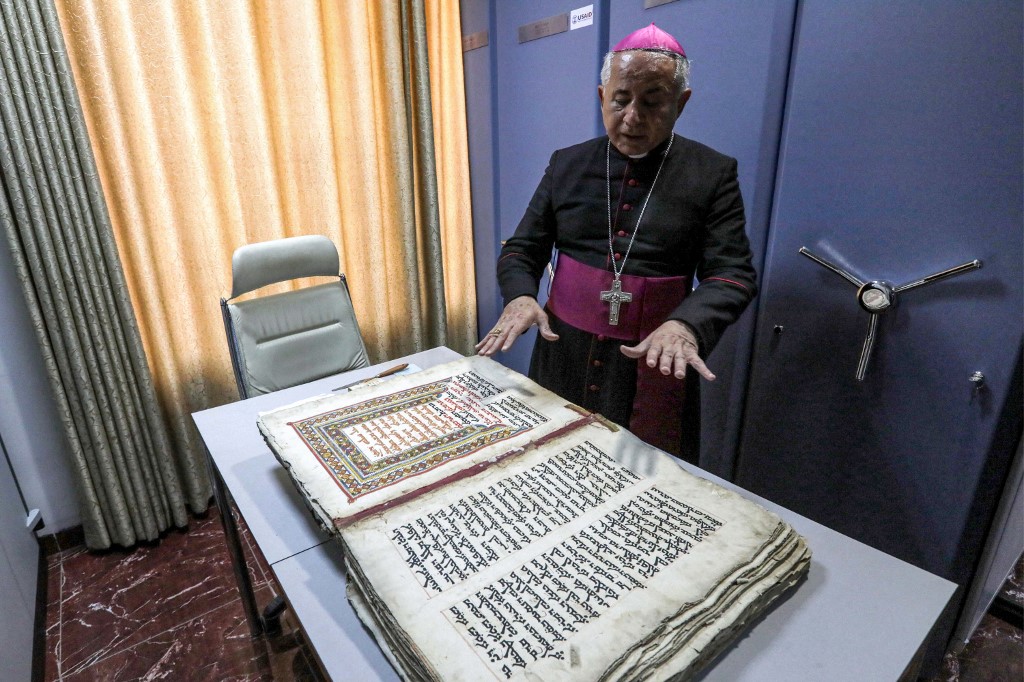The funding sources should be expanded to include innovative sources such as taxes and levies
By Akshit Sangomla
Published: Sunday 04 June 2023

The current sources of climate finance are mostly loan based, which increases the debt burden of developing countries that are already facing development challenges.
The discussions around making the Loss and Damage Fund (LDF) fully operational by the 28th Conference of Parties (COP28) to the United Nations Framework Convention on Climate Change (UNFCC) seem to be heading in the wrong direction due to divergent views about the scope, scale and sources of the fund among developed and developing countries.
The Subsidiary Body (SB) conference at Bonn could be an opportunity for course correction to COP28, which will be held in the United Arab Emirates (UAE) later this year.
Also read: High road to Dubai COP28: Why discussions on carbon credits are important at upcoming Bonn climate conference
LDF was brought into existence at the COP27 in Sharm El Sheikh, Egypt, last November after a decades-long struggle by developing countries. The fund is essential for ensuring new, additional and predictable finance for communities most affected by rapid onset impacts of climate change, such as tropical cyclones, and slow onset impacts, such as sea level rise.
Among the 24 members of a Transitional Committee (TC) that was formed in March, 14 are from developing countries, and 10 are from developed countries. The committee’s formation was mandated by the decision text on LDF agreed upon at COP27, and its function was to make recommendations to COP28 towards the full operationalisation of the LDF.
The committee members had their first meeting from March 27 to March 29. In the first meeting, a work plan for the rest of the year was decided upon, which included the addition of a fourth meeting of the committee to the earlier three.
The members also decided that all the aspects of the LDF, such as the sources of the fund and other funding arrangements outside it and how these would be delivered to the communities/countries in need of the funds, would be discussed in each of the meetings.
In the first meeting, members agreed upon most things in principle, though fissures had begun to emerge about the scope and scale of the fund. They also decided on the importance that should be given to funding arrangements outside of the UNFCCC process, such as the Global Shield being led by the V20 group of vulnerable countries and the G7 group of developed countries.
After the first meeting, a workshop was held for the members from April 29 to April 30, wherein different humanitarian and environmental organisations and multinational development banks gave presentations about case studies related to addressing loss and damage.
By the second meeting from May 25-27, the Transitional Committee seems clearly divided between the global north and global south on the very focus of what the character of the fund should be.
At the SB 58, the second Glasgow Dialogue on June 8-10 would be an opportunity for the two sides to come together and course correct for the rest of the two TC meetings so that their recommendations for the COP can be delivered in time.
The developed countries want to minimise the scope of the LDF to addressing non-economic losses from slow onset impacts of climate change such as sea level rise.
Also read: High road to Dubai COP28: Climate finance will be key at Bonn Climate Conference
For relief and recovery after rapid onset events such as tropical cyclones, the developed countries want to rope in humanitarian agencies such as the International Federation of Red Cross and Red Crescent Societies and provide them with funding arrangements outside the UNFCCC process, such as the Global Shield which is predominantly based on insurance instruments with some social protection measures.
The humanitarian agencies are already overstretched with fatigue setting in for their donors. The scale, speed and access required for the LDF, especially in the context of continuous extreme weather events faced by countries, won’t be delivered by relying heavily on humanitarian agencies. However, their role cannot be downplayed.
“The developed countries basically want to minimise their contributions to the LDF and that is why they want to limit its scope as it would be under the UN process and the other funding arrangements outside the UN process such as the Global Shield would be more under their control,” said Harjeet Singh of the non-profit Climate Action Network International.
“Geopolitics should not decide the scale, scope and functioning of the LDF,” Singh added.
On the other hand, developing countries are calling for a grant-based, easily accessible LDF that has a broad scope and scale and can quickly disburse money to the communities in need of the fund. They also want it to be set up inside the UNFCCC process and governed by COP, with priority given to direct access to the funds for communities.
The funding sources should be expanded to include innovative sources such as taxes and levies in line with the principles of equity and common but differentiated responsibilities. This could include taxes on Shipping and aviation sectors and contributions from historical emitters of greenhouse gases.
This is because the most affected by the extreme weather events are also the least responsible for the greenhouse gas emissions that have caused the planet to warm by 1.1°C and changed major aspects of its climate, including extreme weather events.
The current sources of climate finance are mostly loan based, which increases the debt burden of developing countries that are already facing development challenges. LDF should also act as an oversight mechanism which would monitor the activities undertaken by the fund and assess if they have their intended impact.
Hence its governance is of utmost importance, which is being considered to be under the Santiago Network for Loss and Damage, which already has the mandate to advise countries on the technical aspects of Loss and Damage. A separate and new LDF with its own governance is the need of the hour.
This is not to undermine the roles of governments, whether national or local, in acting as the coordination nodes for the disbursements of the fund. All these aspects would hopefully be discussed and ironed out at the second Glasgow Dialogue at the SB 58.


